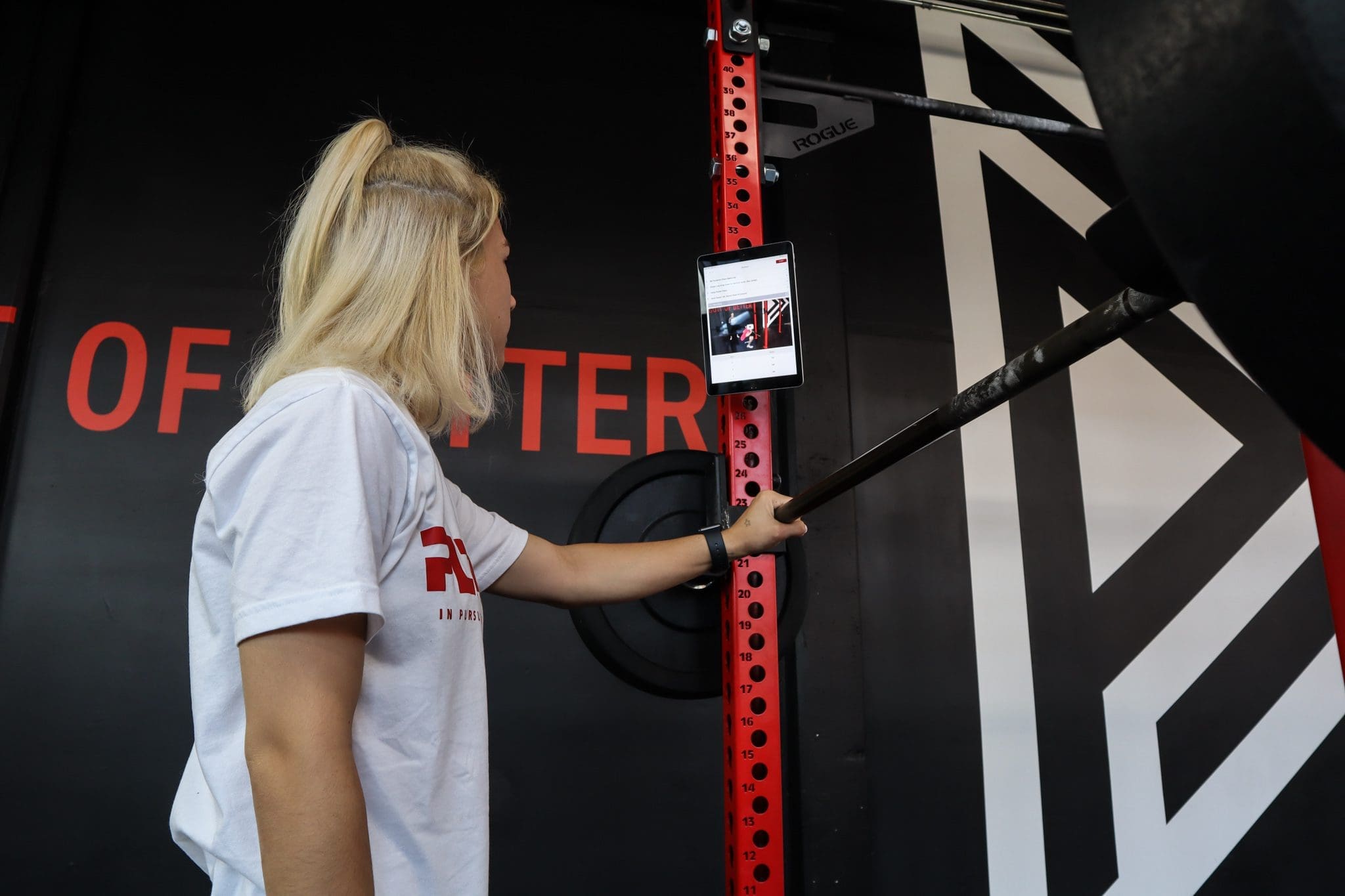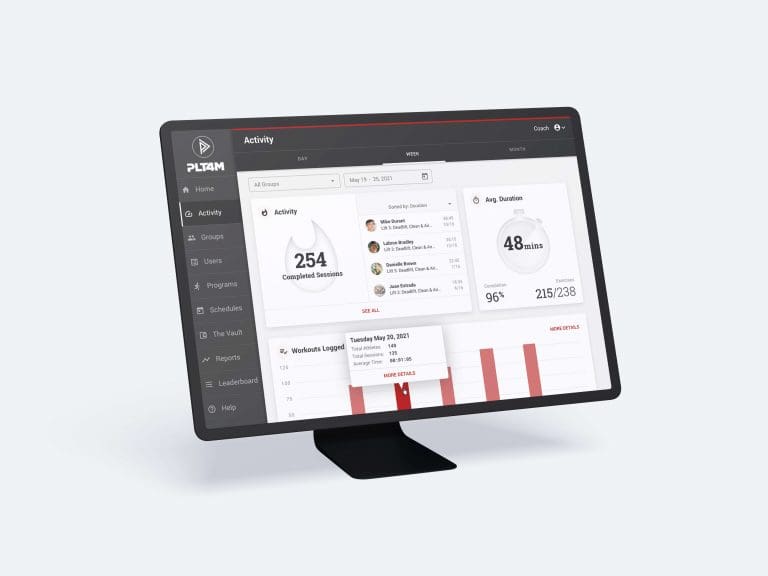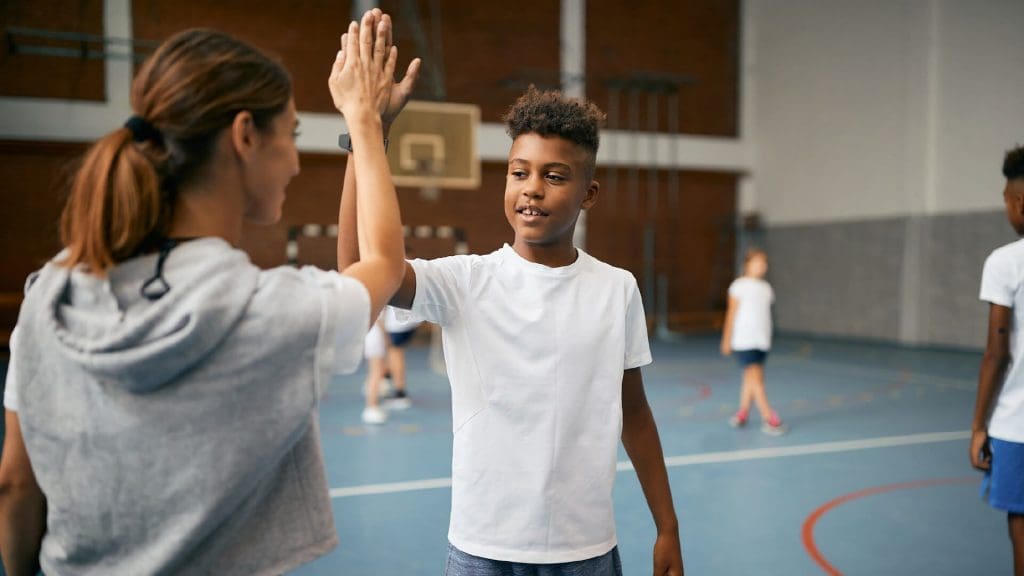In recent decades, P.E. has gotten a bad rap.
Rather than an avenue for empowering personal development and lifelong healthy habits, P.E has been associated with a rotating door of loosely run games, low requirements, and little to no hard work.
Don’t get us wrong, “Games” are a vital part of a complete Wellness education. Swinging, running, throwing, and catching are all fundamental lessons to learn. But, they cannot be the sum total of such an education.
Thankfully, there has been a resurgence of Fitness and Wellness within Physical Education.
The teachers at Hightstown High School in New Jersey were one such forward thinking group. For years, fitness in their PE program had been relegated to occasional Friday sessions, and the bulk of class was spent on “games”.
Teachers and kids alike were bored, and not seeing desired results.
Jeff Drake, PE Teacher at Hightstown, and his industrious team of teachers set out to change the game (no pun intended) at their school.
But How?
Make P.E. More Educational
First, the teachers at Hightstown got organized, looking at their P.E schedule for each grade level. From here, they thought strategically about how they could implement a fitness first curriculum that was progression based.
With a strong idea of what they wanted, they partnered with PLT4M to create a step-by-step curriculum for human fitness & performance that each student would traverse over the course of their career.

All students would be educated in proper bio-mechanical movement patterns, focusing on the foundational human movements in PLT4M’s Intro to Fitness Program.
Then, Students would progress into the world of training through the addition of intensity and external objects like med balls, PVC pipes, and jump ropes.
Finally they would round out their foundational education with an introduction to Strength Training.
By the end of Junior Wellness, students would have had a complete education on movement, intensity, and a host of other weight training essentials.
With a firm foundation established, Hightstown started offering electives for students in 11th grade.
Armed with a complete education on all things fitness, students are able to choose their own personal goals and elect a PLT4M program that helps them pursue them.
For Athletes, they can participate in In-Season or Off-Season programs based on their competitive schedule.
In this way, the P.E program looks more like the Math Department, with kids learning the basics first, and then progressing to harder and harder subject matter over their tenure in PE.

Embrace the Educational Model, Even in Phys Ed
One key strategy at Hightstown was to truly embrace the traditional educational model. Beyond a curriculum, they needed a grading system.

Before, “grading” had amounted to nothing more than rote memorization and things like defining the weight equipment – “What is the bench?”
Not any more.
Jeff Drake and his colleagues use Tiered “Student Growth Objectives” tied to actual fitness data and participation.
Each semester (4 months of classes), every student can fall into one of a few different “Tiers” based on their background. For example, Tier 1:
- 1 or less absence
- Reading Level: Read at 10th or higher
- Combined Bench/Squat Max of 300+
Each tier has different target percentage increases to measure student growth over the course of the semester.
Now, you might be thinking, this sounds like way too much paperwork and time.
But, using the PLT4M system, student progress is easily captured over the course of a semester and year. This makes grading as simple as a few clicks, providing better data to teachers, and stronger validation to students, without the extra hours of work.
In this way, Physical education became a subject like any other, complete with a progressional curriculum and structured grading.

What Matters Most – Student Success
In the end, the efforts of the Hightstown PE department proved to be WELL worth it – the results were both immediate, and impressive.
Take one Hightstown student’s experience, for example. Not only did the student see a 10% increase across his fitness metrics, he lost 20lbs in just 4 months and became a fitness fanatic!
“I had so much fun with it that I went right to the gym after school if I didn’t finish my workout in class!”
When push comes to shove, the obvious enthusiasm this student now shows for self-improvement and physical wellness is our primary objective as PE teachers. Test results, attendance marks, and any metrics aside – inspiring our students is the goal.
Frankly, empowering students to take charge of their physical and mental wellness for life could very well be the single greatest lesson anyone could ever impart.
Kudos to you, Hightstown PE!







